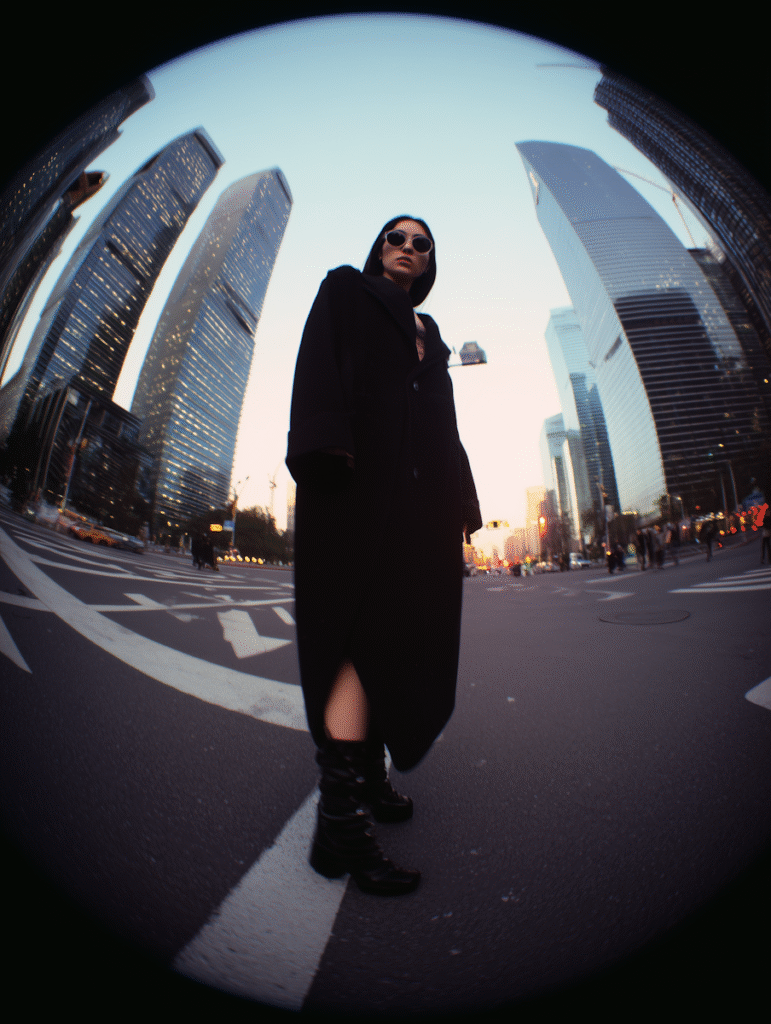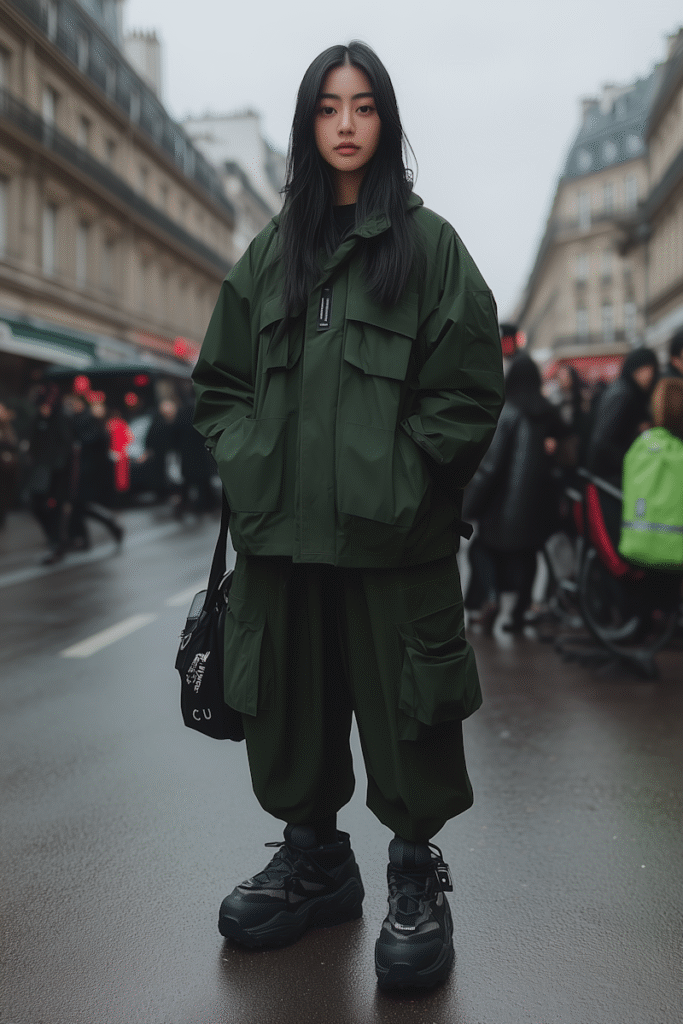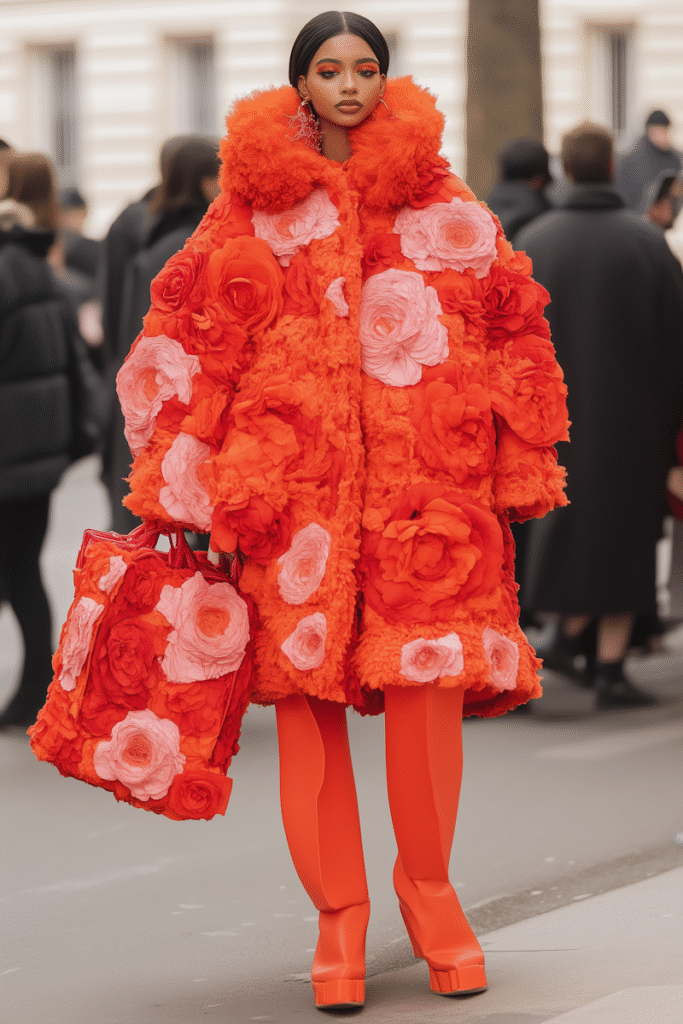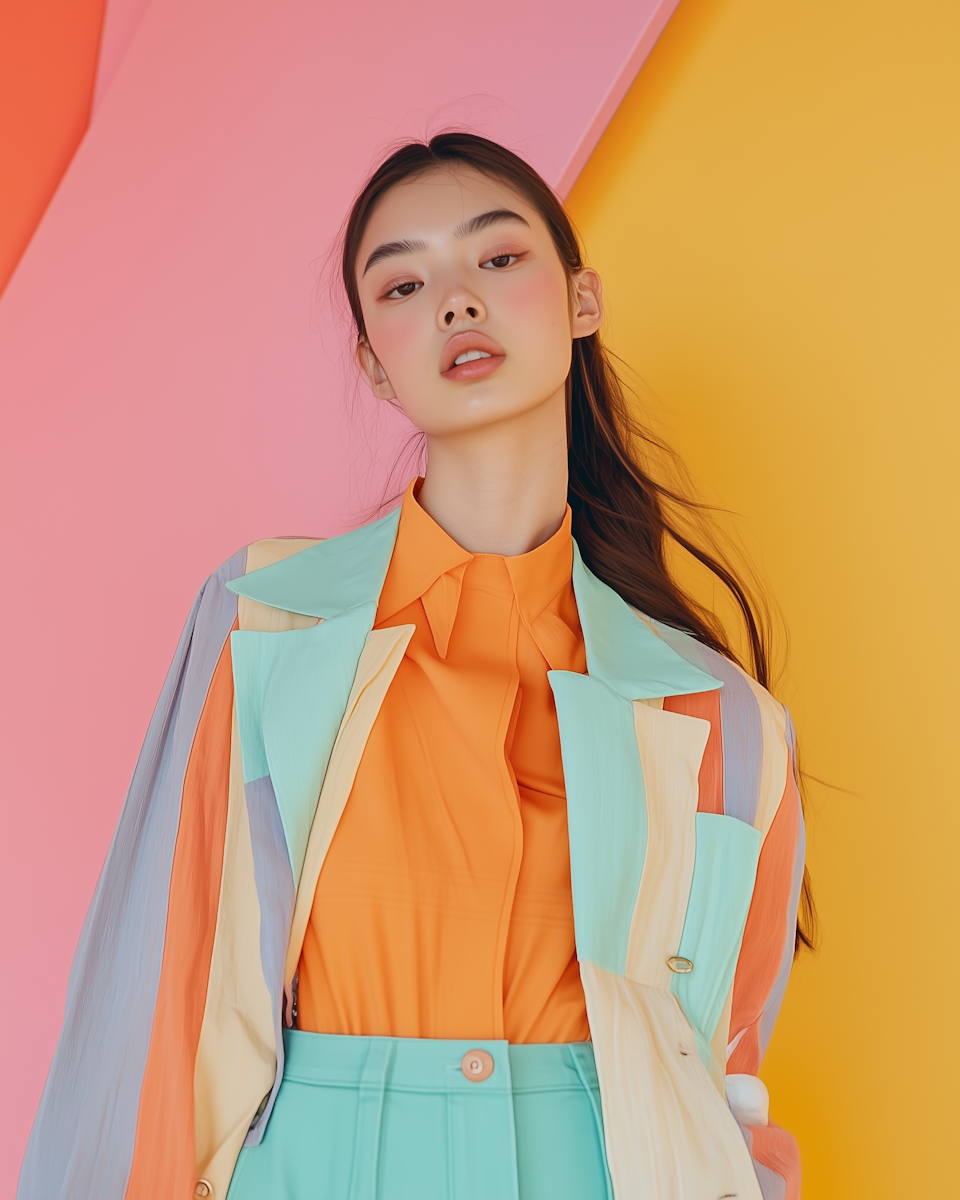Table of Contents
When exploring Fashion Around the World, Japan stands out as a country where tradition and avant-garde style beautifully coexist. Japanese fashion is a captivating mix of ancient cultural garments and cutting-edge streetwear that continuously influences global style trends. From the elegant kimono to Harajuku’s colorful street fashion, Japan offers a diverse and vibrant fashion landscape that reflects its rich history and futuristic vision.
In this blog, we dive deep into Fashion Around the World by exploring Japan’s unique fashion culture, iconic styles, influential designers, and how its trends continue to shape the global fashion scene.
The Roots of Japanese Fashion: Tradition Meets Craftsmanship

Japan’s fashion history is deeply rooted in its traditional clothing, most notably the kimono. The kimono is a symbol of grace and cultural heritage, crafted with meticulous attention to detail. Though everyday kimono wearing has declined, it remains an important element in ceremonies and festivals, and inspires modern fashion designers worldwide.
Beyond the kimono, other traditional garments like the yukata and hakama reflect Japan’s appreciation for timeless design and craftsmanship. These pieces are often made from natural fabrics such as silk and cotton, with patterns and colors that tell stories of seasons, nature, and social status.
Japan’s Modern Fashion Revolution: From Street Style to High Fashion

Japan’s influence on Fashion Around the World skyrocketed in the late 20th century with the rise of Tokyo’s vibrant street fashion scenes, especially in neighborhoods like Harajuku and Shibuya.
Harajuku and Youth Culture
Harajuku is famed for its bold, eclectic street style that defies conventions. Here, young fashion enthusiasts mix vintage pieces, DIY creations, and high-end labels, creating looks that range from gothic lolita to cyberpunk and kawaii (cute) styles. This area is a playground for fashion experimentation and a major export of Japanese pop culture globally.
Designers Who Shaped Global Fashion
Japanese designers have been pivotal in influencing global fashion with their unique perspectives:
- Issey Miyake: Known for innovative pleating techniques and blending technology with fashion.
- Rei Kawakubo (Comme des Garçons): Famous for avant-garde and conceptual designs that challenge norms.
- Yohji Yamamoto: Renowned for oversized silhouettes and poetic minimalism.
These designers helped establish Japan as a global fashion powerhouse, blending tradition with modernity and art.
The Role of Technology and Sustainability in Japanese Fashion

Japan is a leader in integrating technology into fashion, from fabric innovations to wearable tech. Smart textiles that regulate temperature or monitor health are being developed, reflecting Japan’s futuristic approach.
Sustainability is also gaining ground, with many designers and brands focusing on eco-friendly materials and ethical production practices. This aligns with the Japanese philosophy of “mottainai,” which encourages minimizing waste and respecting resources.
How Japanese Fashion Influences Global Trends

The impact of Japanese fashion on Fashion Around the World is evident in several key areas:
- Streetwear: Japan helped pioneer streetwear as an influential global trend, inspiring brands like Supreme and Off-White.
- Minimalism: The understated, elegant minimalism of designers like Yohji Yamamoto has been embraced worldwide.
- Mix-and-Match Styling: Harajuku’s fearless combinations encourage global fashion lovers to experiment boldly.
- Pop Culture: Anime, manga, and J-pop culture influence fashion choices internationally, including cosplay and themed fashion.
FAQs About Fashion Around the World: Japan
Q1: What makes Japanese fashion unique compared to Western fashion?
A: Japanese fashion uniquely combines centuries-old traditions like kimono with avant-garde modern styles and streetwear, creating a blend of history, art, and innovation unlike any Western fashion.
Q2: How does Japanese street fashion influence global trends?
A: Tokyo’s street fashion hubs like Harajuku promote creativity and individuality, inspiring global designers and youth cultures to experiment with bold colors, layers, and styles.
Q3: Who are some famous Japanese fashion designers?
A: Iconic designers include Issey Miyake, Rei Kawakubo (Comme des Garçons), and Yohji Yamamoto, all known for pushing fashion boundaries.
Q4: Is traditional clothing like the kimono still worn in Japan today?
A: While not everyday wear, the kimono is still worn for cultural events, weddings, and ceremonies and continues to inspire modern fashion designs.
Q5: How does Japan incorporate sustainability in its fashion industry?
A: Japan emphasizes sustainable practices through eco-friendly fabrics, minimizing waste (mottainai philosophy), and integrating innovative technologies for ethical fashion production.
Final Thoughts
Exploring Fashion Around the World through Japan reveals a culture that honors its past while continuously redefining the future of style. Whether you’re inspired by the timeless beauty of traditional kimonos or the fearless creativity of Tokyo street fashion, Japan offers something for every fashion enthusiast.
From classic elegance to bold experimentation, Japan’s fashion scene is a true testament to the power of culture, creativity, and innovation. Keep an eye on this dynamic country as it continues to influence global fashion trends for years to come.





